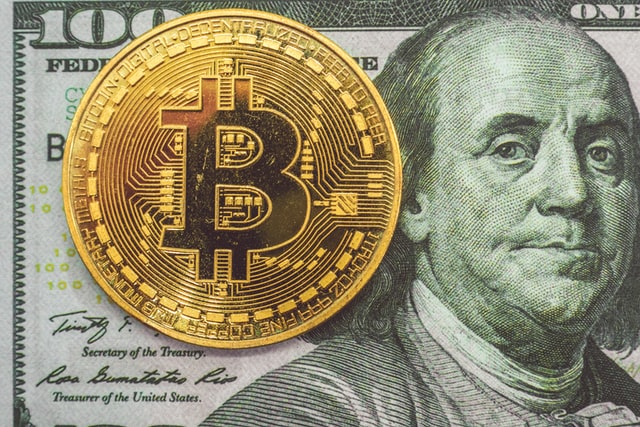THINGS to understand ABOUT RIPPLE: THE THIRD BIGGEST CRYPTO
THINGS to understand ABOUT RIPPLE: THE THIRD BIGGEST CRYPTO
Ripple is that the world’s third hottest cryptocurrency with a market capitalization that when exceeded $129 billion USD. Now, the cryptocurrency has reduced to .44 USD. Furthermore, it now holds the facility to supply the very best long-term returns to investors.
Along with the recognition of the cryptocurrency, there are many confusions within the Ripple space that will come as a surprise to newcomers. thereupon in mind, we've combined the list of three things that you simply should realize Ripple.
Ripple, a two-sided currency
At its core, Ripple has many differences as compared to popular cryptocurrencies like Bitcoin or LiteCoin. Ripple consists of two parallel developments: a transfer network called RippleNet and a cryptocurrency named XRP.
The Ripple Network helps to attach banks and other financial institutions in making payments and transfers much quicker than the old SWIFT Network.
The SWIFT Network is often viewed as an increasingly outdated method for creating international transfers. Which help make cryptocurrencies like Bitcoin and Ripple far more attractive as future prospects.
Designed to handle no but 1500 transfers per second, the network moves more quickly than the other means of transferring value for long distances.
The Future is Trade
Ripple has many functionalities that provide it a foothold over competing cryptocurrencies. Ripple’s main product is xCurrent, which doesn't use XRP at the instant. current has several salient features:
Facilitating banks and financial institutions. it's made to assist banks in transacting with each other.
A bridge between currencies. It seeks to supply similarity between all currencies, fiat and cryptocurrencies included. this may help override the present norms, which require exchange conversions and overseas bank transfers for many cross-border trades.
Fast and cheap cross-border trades. Building on the last two-point, transactions through Ripple are faster and cheaper than past methods. for instance, an individual in Mexico must make a payment for goods bought from an individual within the USA. at the present, this needs a transfer of funds to a bank within the USA or the supply of dollars during a checking account reception. This needs expensive money transfers. With Ripple, this process is avoided through the utilization of a standard transfer protocol.
xTrade, another product of the Ripple network, enables the utilization of XRP within this network; making the network more efficient and user-friendly.
New enough to be employed by most banks
Despite its popularity, Ripple’s use by any big bank so far remains due. There are many issues that critics highlight which is actively slowing Ripple’s fast adoption:
Any major changes are likely to offset or disturb the procedures and databases established over decades. Adopting the Ripple Network, therefore, would require a big parallel effort over several fronts.
Lessening transaction times isn't a top priority of banks. The cost-effectiveness of any nascent technology, also as its working with other systems’ employed by banks, remains crucial for smooth functioning. Until this network shows cross-functionality and shows major uptake by banks across the planet, it's unlikely to ascertain formal introduction within the banking sector.
Banks are unlikely to adopt XRP until they're sure that it's an honest currency whose value doesn't move too much; after the market correction in early 2018, XRP prices are still considered to be high.
Ripple is exclusive amongst major cryptocurrencies thanks to its focused purpose and goal. Its success is essentially hooked on how briskly it's ready to use its inherent advantages by replacing the previous SWIFT protocol. It’s altogether those currencies that are used internationally and makes the payment method much easier.




Comments
Post a Comment